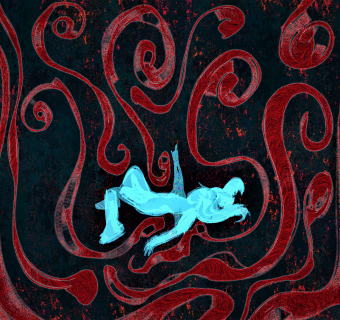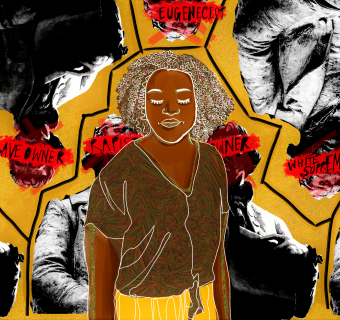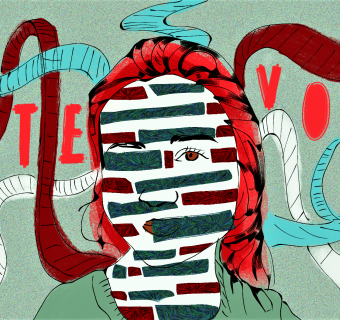It is no secret that our university struggles with a lack of diversity. Statistics released by the University continually demonstrate homogeneity of both the student body and faculty. While the issue of diversity at U.Va. can produce enough commentary for multiple articles, this piece seeks to address the lack of faculty gender diversity in the STEM (science, technology, engineering, and math) departments. To accomplish this, I interviewed two female faculty at the university to inquire about their experiences and the specific ways that prejudice has affected them in their fields and at U.Va.
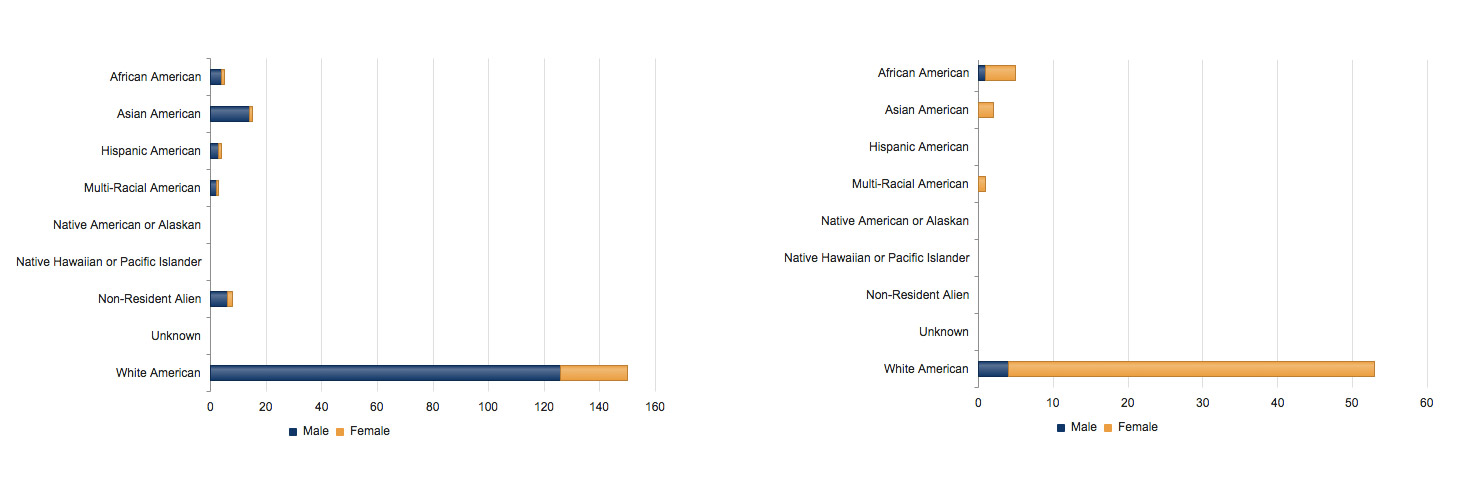 Guess which 2014 faculty population graph represents the gender ratio of U.Va.’s engineering program and which depicts the nursing program.
Guess which 2014 faculty population graph represents the gender ratio of U.Va.’s engineering program and which depicts the nursing program.The ease in which one can distinguish between the gender ratio of the two graphs above is disturbing. Gendered assumptions of academic abilities and tendencies continue to damage gender relations and uphold restrictive roles, even if we are not actively considering these biases. For instance, as long as we continue to internalize that men are not nurses, we begin to believe all men have some qualities inherent to masculinity that make them incompetent nurses. When we believe this, men may forgo nursing dreams. While we may never vocalize this directly, these stereotypes effectively work to undermine which academic tracks different genders choose to pursue at U.Va.
Both Kristin Courtney, a U.Va. graduate student currently pursuing a P.hd. in Mathematics and a female full-time professor in the Physics Department, who wished to remain anonymous, recognize the problems faced by women in STEM programs. Though they both speak from different backgrounds, one as a student and the other as a teacher at U.Va., they describe many similar experiences and thoughts about the diversity of their programs.
For one, both women largely upheld the idea that the gender diversity of the faculty seriously impacts the students. “Yes, absolutely,” claimed the Physics professor, “Female students can relate better to female faculty.” Though she rightly insisted, “good teachers are not classified based on gender”.
Her statement speaks to the accurate maxim that “you can’t be what you can’t see”. STEM involvement deserves greater attention in the early stages of education to encourage girls at a young age that they are capable and can be interested in math and science. However, it is still essential that female faculty members in the STEM fields encourage college-aged women that there is potential for them in the workforce and that gender-based challenges can, in fact, be overcome.
“Usually the difficulties that I end up facing just come with incidentally being the only woman in the room. You find that you suddenly represent an entire gender. When you have a question or when you make a mistake, it is not you that has made the mistake, it is a woman that has made a mistake.”
Courtney further described ways a lack of diversity can reinforce the gender biases that already exist. “The more they’re exposed to males in leadership roles and teaching roles, they’ll be more likely to use a male pronoun.” This creates the circular nature of biases feeding the lack of female representation and vice versa. She recalled a time where she encountered this bias when discussing Noether’s theorem: “I didn’t even think twice about it because freaking everything is named after a man.” But it turned out that the theorem was named after “a phenomenal female physician” Courtney described so reverentially.
“Difficulties arising from being female mostly stem from prejudice. Prejudices and stereotypes are hard to get rid of,” says the physics professor. “They are quite pervasive in the field of Physics.”
In agreement, Courtney claimed that these biases, which are often subtle, are “the most difficult to fight”.
She further described how she has often witnessed people at multiple universities and in her friend groups assume that when a guy and a girl are collaborating in her field, that people will openly assume the female is receiving help from the male. Though this may appear to be an insignificant misjudgment, the common assumption that the female is inferior, in any matter, is a largely dangerous stereotype that undermines the accomplishments of all women, in all fields. How can we not address these “minor” prejudices when their existence and practice threaten progression toward general equality? 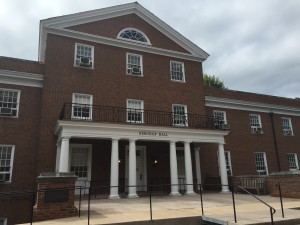
Recognizing that this phenomenon is hardly shocking, it is still essential to address this problem, especially in a realm where we have power to promote dialogue and facilitate change. That being said, both interviewees spoke positively about U.Va.’s commitment to diversity and treatment of women in the STEM fields.
“U.Va. in particular, though they have very few females, they have incredible support for the women they have. Networking groups, women’s luncheons…we make a concerted effort when we have new prospective grad students to find the females and reach out to them,” says Courtney. “The guys are very respectful.”
The physics professor continued this idea, stating that she “never felt unwelcomed here for any reason. Granted I might have felt some degree of unfairness that stems from people’s biases and preferences, but it was not with malicious intent.”
It is comforting that these two female faculty members find U.Va. to be generally welcoming and lacked sexist anecdotes to provide on behalf of the university. However, the truth lies in statistics of our university; gender representation in STEM at U.Va. is still largely skewed. To promote change, U.Va’s efforts must be exerted in properly staffing a diverse faculty that can speak to a variety of genders, experiences and other intersectional qualities. 2015 marks fifty-two years after the very first female faculty member*, Doris Kuhlmann-Wilsdorf, was hired at the university to teach as a professor of engineering physics. While U.Va. has objectively been “behind the curve” in acceptance of women into public universities, it is surely high-time to encourage and embrace our female faculty. The greater inclusion of female faculty can inspire a new generation of females interested in STEM.
*Not including the Nursing and Medical programs

